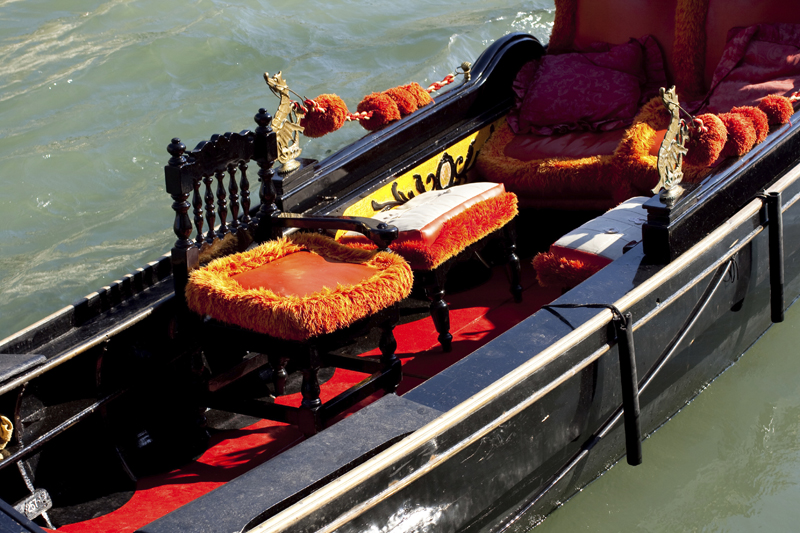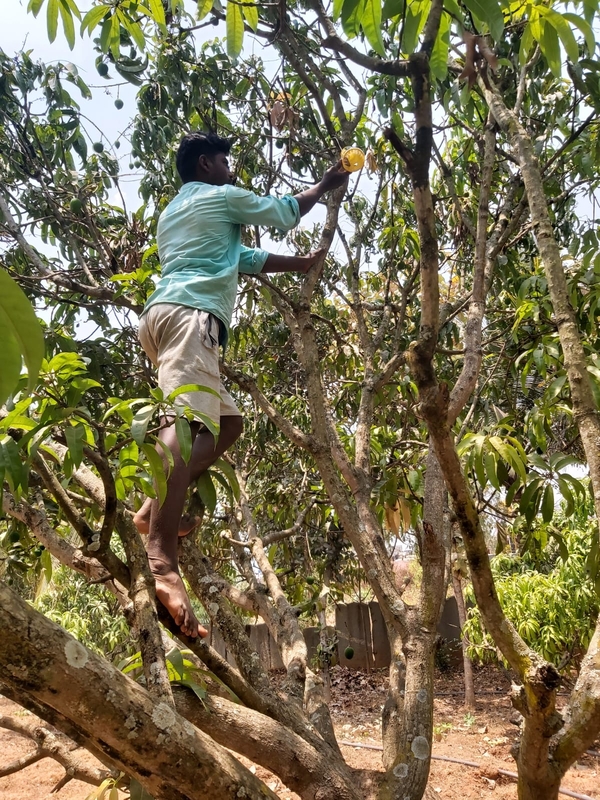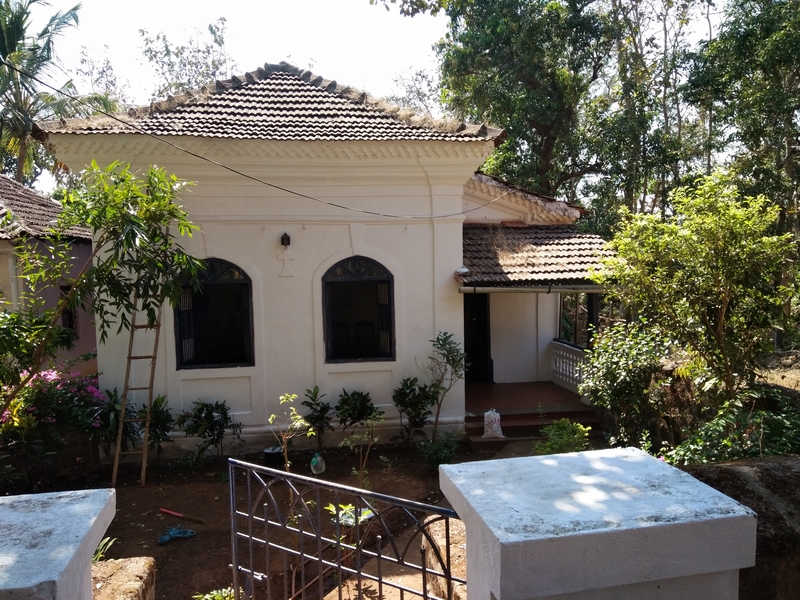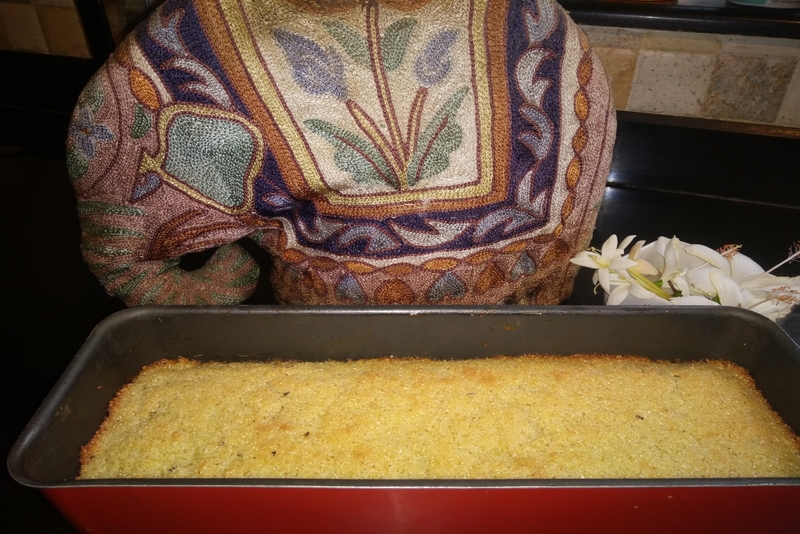The cliffs of Mesa Verde in Colorado

Someone had sent me a picture postcard of Mesa Verde and let me assure you that pictures are no substitute for the real thing. Mesa Verde has a magical feel that can only be experienced by visiting. The park is located in the United States and is a National Park, located in the Southwestern corner of the state of Colorado. A mind boggling set of ruins, of over 600 cliff dwellings inhabited between 500-1276 are found here. Native Americans built their homes into the sides of cliffs, an eye-catching architectural style.
Mesa Verde is translated from Spanish and means “green table.” The people who lived there were called the “Anasazi,” a Navajo word that has been translated as “the ancient ones” or “enemy ancestors.” Strangely this race did not develop a writing system, but they left behind rich archaeological remains, along with oral stories passed down through the ages, and these have helped researchers to reconstruct their past.
The area is popularly known as the Crow Canyon Archaeological Center. Encompassed with almost 10,000 square miles of territory spread across the states of Utah, Colorado and New Mexico, with part of the region in Colorado forming the Mesa Verde National Park.
If you don't understand their uniqueness, most people will think that Mesa Verde's cliff dwellings are a little crumbly in places. Sadly looters took away most of the pottery and baskets a century ago. But as you explore the southwestern Colorado national park, it's easy to imagine the lives of the ancient Pueblo Indians who built these cliff houses 800 years ago. One must climb into the Colorado cliff dwellings and imagine what life was like, for the ancient Pueblo Indians who had lived there.
From the remains on site, scientists found that the Puebloans grew squash, corn and beans on the Mesa and lived in simple pit shaped houses as early as A.D. 600. They began building cliff houses in the 1200s: and look alike multistory structures of sandstone bricks and mortar, tucked into deep rock alcoves.
The cliff dwellings of Mesa Verde are some of the most notable and best preserved in the North American Continent.
Sometime during the late 1190s, after primarily living on the mesa top for 600 years, many Ancestral Puebloans began living in pueblos they built beneath the overhanging cliffs. The structures ranged in size from one-room storage units to villages of more than 150 rooms. While still farming the mesa tops, they continued to reside in the alcoves, repairing, remodeling, and constructing new rooms for nearly a century.
But by the late 1270s, the residents began migrating south into present-day New Mexico and Arizona. By 1300, the ancient Puebloan occupation of Mesa Verde ended and just the remnants that we see today were left behind.
Mesa Verde National Park is perched high in Southwest Colorado where the air is thin, the history is rich, and the views are spectacular. You’ll discover how these ancient Puebloans lived with remarkable respect for the land and enjoyed this awe inspiring place.
The Mesa Verde archaeological region, located in the American Southwest, was the home of a pueblo people who, during the 13th century A.D., constructed entire villages in the sides of cliffs.
The building boom occurred during a time of plenty. Archaeological research reveals that the first cliff dwellers ate deer and bighorn sheep and had tall, straight timbers for their roofs. Then came the lean years, according to the park ranger. People hunted out the big game and deforested the mesa very much like modern day living. Later in 1276 a 23-year drought began and the ancient Puebloans abandoned the region in 1300.
Later it was Cowboys who found the cliff dwellings in the 1880s and subsequent explorers and mercenaries who plundered them. Today what is left of the mesa has been turned into a national park in 1906. That protection, plus the arid climate and the shelter from overhanging rocks, beautifully preserved the cliff dwellings as well as the stunning artwork chiseled into the cliff faces.
If you are adventurous and love climbing steep ladders or crawling through tunnels, you can tour several of the sites, including the largest cliff dwelling in North America. In some dwellings you can still see ceilings blackened by hearth smoke which can give you shivers of another time.
Mesa Verde is translated from Spanish and means “green table.” The people who lived there were called the “Anasazi,” a Navajo word that has been translated as “the ancient ones” or “enemy ancestors.” Strangely this race did not develop a writing system, but they left behind rich archaeological remains, along with oral stories passed down through the ages, and these have helped researchers to reconstruct their past.
The area is popularly known as the Crow Canyon Archaeological Center. Encompassed with almost 10,000 square miles of territory spread across the states of Utah, Colorado and New Mexico, with part of the region in Colorado forming the Mesa Verde National Park.
If you don't understand their uniqueness, most people will think that Mesa Verde's cliff dwellings are a little crumbly in places. Sadly looters took away most of the pottery and baskets a century ago. But as you explore the southwestern Colorado national park, it's easy to imagine the lives of the ancient Pueblo Indians who built these cliff houses 800 years ago. One must climb into the Colorado cliff dwellings and imagine what life was like, for the ancient Pueblo Indians who had lived there.
From the remains on site, scientists found that the Puebloans grew squash, corn and beans on the Mesa and lived in simple pit shaped houses as early as A.D. 600. They began building cliff houses in the 1200s: and look alike multistory structures of sandstone bricks and mortar, tucked into deep rock alcoves.
The cliff dwellings of Mesa Verde are some of the most notable and best preserved in the North American Continent.
Sometime during the late 1190s, after primarily living on the mesa top for 600 years, many Ancestral Puebloans began living in pueblos they built beneath the overhanging cliffs. The structures ranged in size from one-room storage units to villages of more than 150 rooms. While still farming the mesa tops, they continued to reside in the alcoves, repairing, remodeling, and constructing new rooms for nearly a century.
But by the late 1270s, the residents began migrating south into present-day New Mexico and Arizona. By 1300, the ancient Puebloan occupation of Mesa Verde ended and just the remnants that we see today were left behind.
Mesa Verde National Park is perched high in Southwest Colorado where the air is thin, the history is rich, and the views are spectacular. You’ll discover how these ancient Puebloans lived with remarkable respect for the land and enjoyed this awe inspiring place.
The Mesa Verde archaeological region, located in the American Southwest, was the home of a pueblo people who, during the 13th century A.D., constructed entire villages in the sides of cliffs.
The building boom occurred during a time of plenty. Archaeological research reveals that the first cliff dwellers ate deer and bighorn sheep and had tall, straight timbers for their roofs. Then came the lean years, according to the park ranger. People hunted out the big game and deforested the mesa very much like modern day living. Later in 1276 a 23-year drought began and the ancient Puebloans abandoned the region in 1300.
Later it was Cowboys who found the cliff dwellings in the 1880s and subsequent explorers and mercenaries who plundered them. Today what is left of the mesa has been turned into a national park in 1906. That protection, plus the arid climate and the shelter from overhanging rocks, beautifully preserved the cliff dwellings as well as the stunning artwork chiseled into the cliff faces.
If you are adventurous and love climbing steep ladders or crawling through tunnels, you can tour several of the sites, including the largest cliff dwelling in North America. In some dwellings you can still see ceilings blackened by hearth smoke which can give you shivers of another time.

Related Articles
Editor's Picks Articles
Top Ten Articles
Previous Features
Site Map
Content copyright © 2023 by Marianne de Nazareth. All rights reserved.
This content was written by Marianne de Nazareth. If you wish to use this content in any manner, you need written permission. Contact Marianne de Nazareth for details.





 -resizeimage.jpg.jpg)

